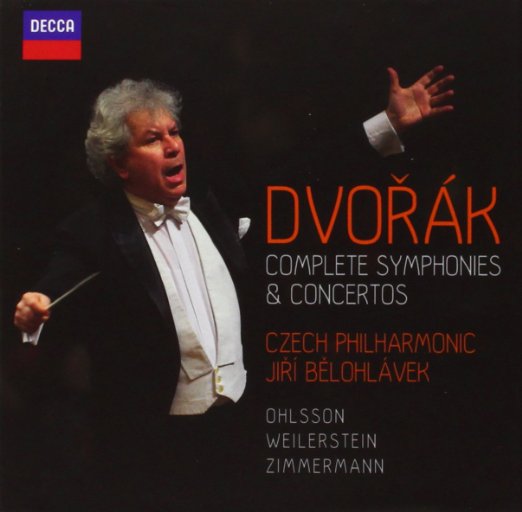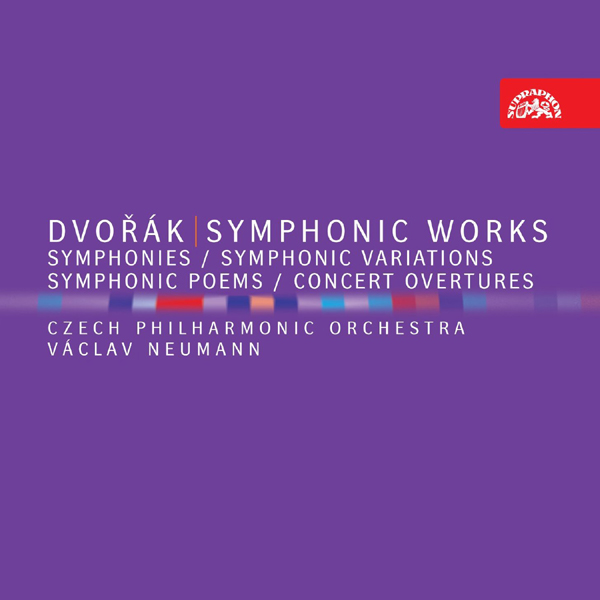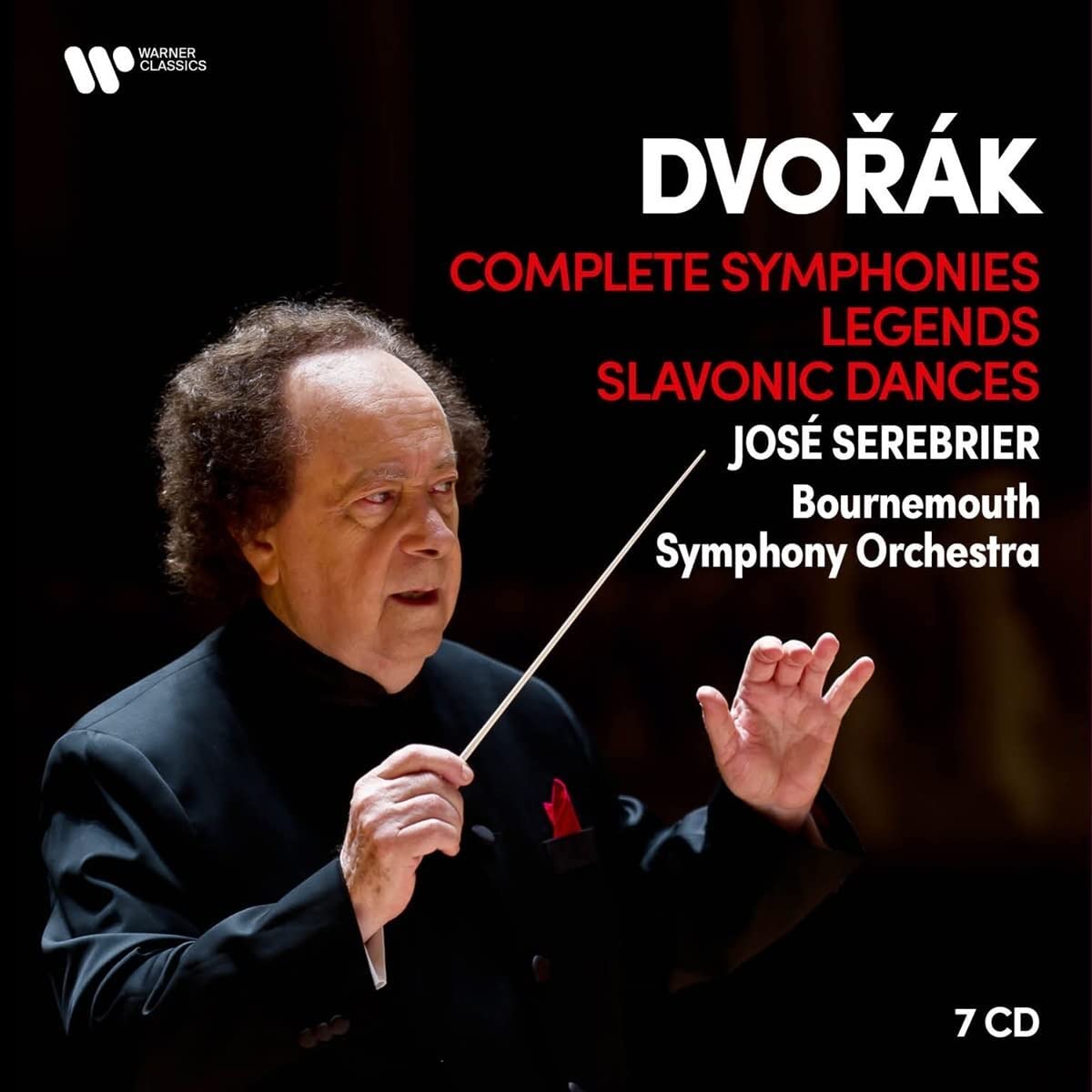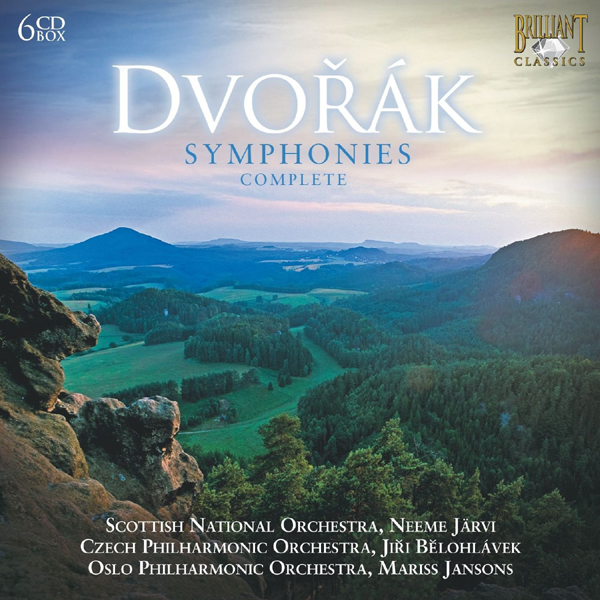Easter Pilgrimage – Dutchman Detour
Classical WETA, Wednesday, 4.2.08
On the way from Amsterdam to Vienna, the Easter Pilgrimage of Matthew Passions and Parsifals I also picked up two performances of less topically related Wagner works: The Flying Dutchman in Stuttgart and Tristan & Isolde in Vienna.
Of course, just about any Wagner opera can be made to fit Easter without straining too much, given the abundance of death through redemption and redemption through compassion (and more death). Senta and Isolde, the Dutchman and Tristan: Surely there is room in their stories to see (or force) analogies to “The Greatest Story Ever Told”.
This is certainly not what Calixto Bieito sees in the Dutchman for his new production at the Staatsoper Stuttgart. Instead, Bieito takes it to be an allegory of isolation in modern society, a critique of the economic system, consumer culture, and essentially a critique of a loss of values and morality. As expected, Bieito does this in his trademark brash, genital-touting style that sells out opera houses, enrages critics, and sends – especially North American – commentators into apoplectic fits of “Eurotrash” bashing. In doing so the culture-pundits often are guilty of precisely what they fault Bieito and his ilk with: They get stuck at superficialities, unable or unwilling









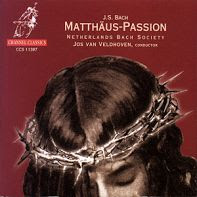





 Istvan Kertész’s cycle has been re-released on Decca Collector’s Edition. The good news is: It now comes with the non-symphonic works restored to their rightful place. The bad news is: In order to squeeze as much music on as few CDs as possible, Decca has now not only continued to split the Fifth Symphony but also split the Second. Ugh! Will they never learn?
Istvan Kertész’s cycle has been re-released on Decca Collector’s Edition. The good news is: It now comes with the non-symphonic works restored to their rightful place. The bad news is: In order to squeeze as much music on as few CDs as possible, Decca has now not only continued to split the Fifth Symphony but also split the Second. Ugh! Will they never learn?
